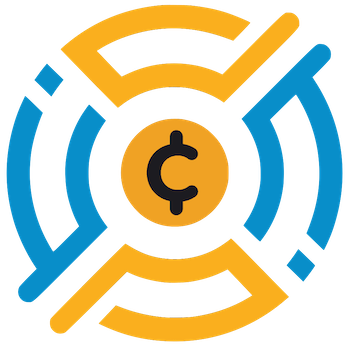In the vibrant world of cryptocurrencies, Ethereum stands out as a pioneer, and its recent long-term vision articulated by Aya Miyaguchi and Vitalik Buterin is nothing short of ambitious. What they present is not merely a road map but a reimagining of how decentralized platforms should operate and serve their users. The emphasis on decentralization, community involvement, and technological robustness reflects a significant evolution in Ethereum’s goals. The Ethereum Foundation (EF) is clearly aiming for the stars: to create a system that maximizes advantage for its users while ensuring that the infrastructure remains resilient against both technical failures and social disruptions.
However, one can’t help but wonder if this bold vision is overreaching. Yes, ambition fuels innovation, but lofty aspirations without practical implementation can lead to disillusionment. For every well-intentioned initiative launched, there’s often the risk of veering off course and failing to deliver on promises. The commitment to enhancing the user experience and facilitating product usability is crucial, but how effectively can the foundation turn this vision into a functional reality? It’s not enough to state objectives; they must be executed with precision to ensure that Ethereum remains the linchpin of decentralized applications.
Layer 1 Solutions: The Foundation of Change
Layer 1 blockchains serve as the backbone of any crypto ecosystem, and Ethereum’s renewed focus on optimizing these foundational layers is commendable. The introduction of “blobs” through the Dencun upgrade represents a concerted effort to address issues like high transaction fees and network congestion that have plagued Ethereum for years. The transparency in technical jargon presents an opportunity for the organization to instill confidence among users—after all, the pitfall of high fees has historically stunted Ethereum’s growth.
However, the execution of these Layer 1 enhancements will be the real test. Promises of “more affordable” solutions sound great in theory, but skepticism surrounds how effectively these layers can integrate with existing structures without causing further fragmentation. Ethereum’s aspiration to enhance the interoperability between Layer 1 and Layer 2 solutions is a bold step towards a more cohesive ecosystem, yet achieving this requires meticulous engineering and collaborative frameworks that have often proven elusive.
User Experience: More Than Just Buzzwords
While the technical advancements in Ethereum are laudable, the focus on user experience must be translated into tangible improvements. The promise to simplify wallet usability and gas fee understanding appears to be a response to longstanding user frustrations. However, mere promises won’t suffice; the urgency lies in executing these enhancements in a manner that feels intuitive and accessible to everyday users.
User experience has been a stumbling block for many crypto platforms, yet Ethereum has a unique opportunity to set a new standard. The EF’s recognition of this need signals progress, but creating a simplified user journey means more than convenient interfaces. It necessitates a culture shift within the ecosystem—one that prioritizes user feedback and iterative development. If Ethereum can succeed here, it will not only retain its existing base but also attract new users who have historically viewed the platform as complex and overwhelming.
Leadership Restructuring: A Double-Edged Sword
The restructuring of the Ethereum Foundation’s leadership team, bringing in Hsiao-Wei Wang and Tomasz K. Stańczak as co-executive directors, presents a tantalizing prospect for streamlined strategic execution and enhanced internal communications. In theory, a diverse leadership team could balance both operational and technical knowledge, driving progressive changes that the community so dearly needs.
Yet, leadership changes within established organizations can also trigger uncertainty. Will the new leaders remain true to the core values that made Ethereum a powerful contender? The commitment to principles such as censorship resistance and open-source development showcases a dedication to foundational ideals. However, ensuring that these principles permeate operational decisions is a far greater test. If the Ethereum Foundation can mobilize this leadership restructuring toward tactical strength while holding onto its foundational values, the potential for Ethereum to adapt and thrive is immense.
Looking Ahead: Construction or Deconstruction?
In proposing innovative solutions and pathways, Ethereum undeniably faces the pressure of expectations. Its focus on scaled growth—through enhanced usability, inter-layer communication, and decentralized support—comprises monumental challenges that carry inherent risks. Turning visionary concepts into reality demands a commitment to meticulous planning, ongoing development, and community engagement.
The efforts illuminated by Miyaguchi and Buterin may represent an optimistic stride toward the future of decentralized technology, but one must tread carefully. In the rapidly evolving landscape of blockchain, the tension between innovation and practicality is palpable. Ethereum would do well to navigate this balance skillfully; otherwise, it may find itself ensnared in a cycle of ambition unmet, leaving both users and developers disenchanted in its wake.

